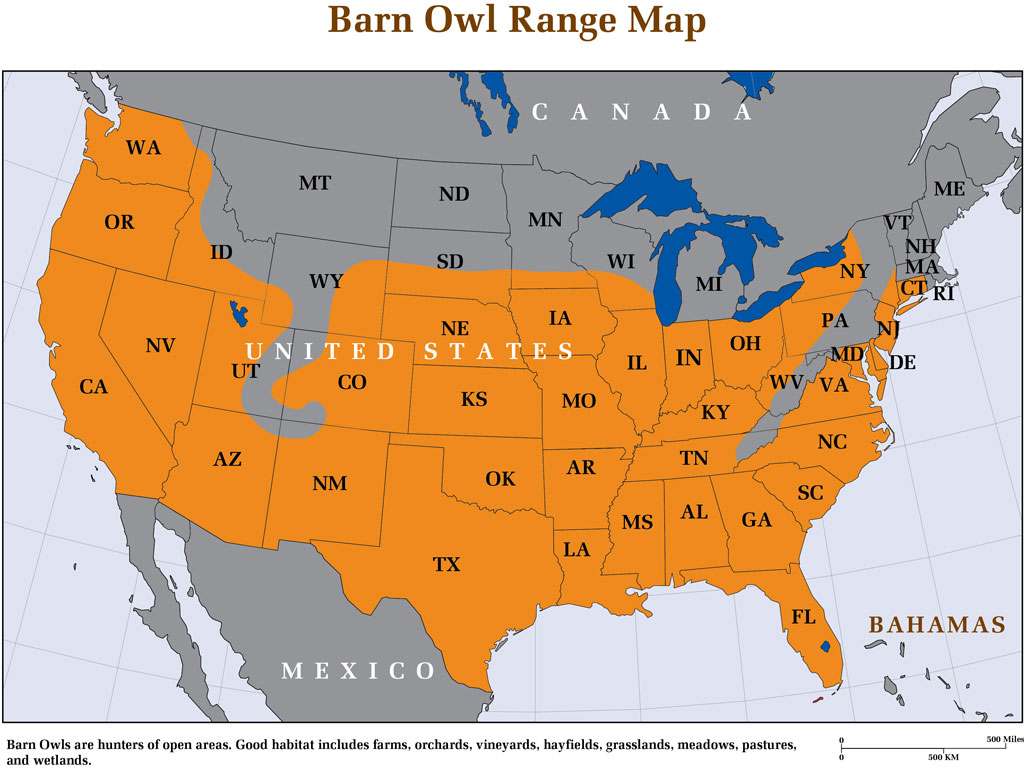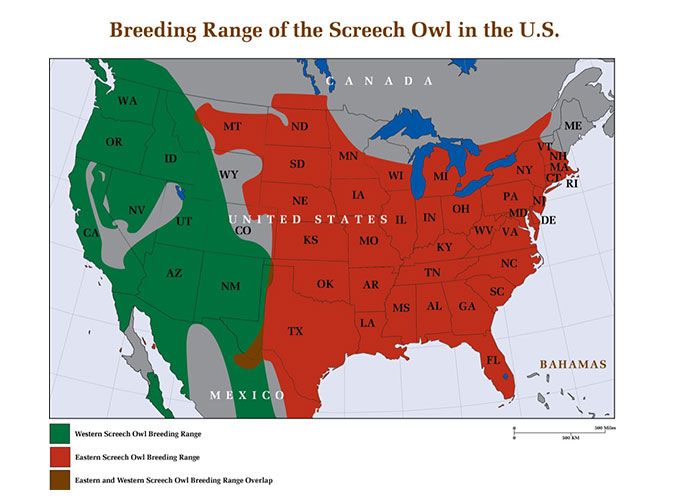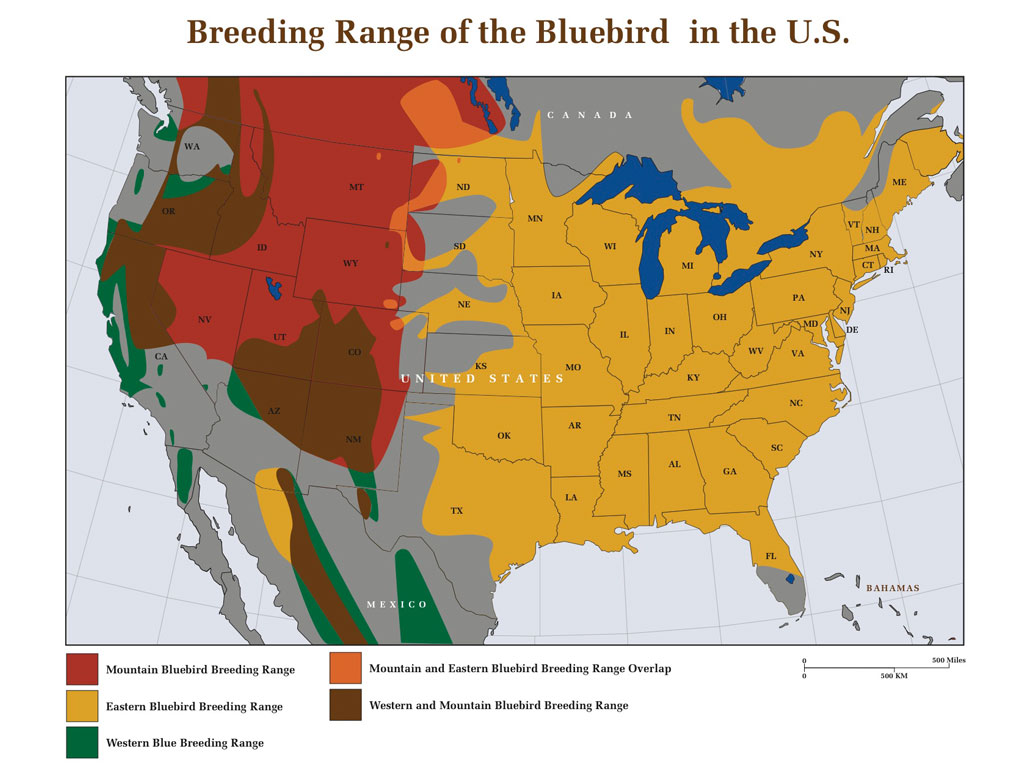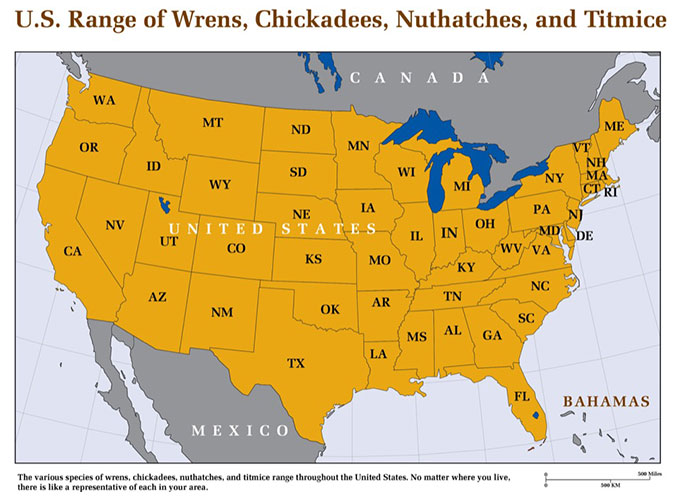Free Shipping to the Contiguous United States
…
Crops and Barn Owls
Give me spots on the apples, but leave me the birds and the bees. – Joni Mitchell
Barn Owls and Vineyards
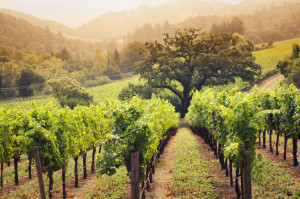 No other agriculture has utilized barn owl pest management programs more than grape growers. Vineyards attract high number of rodents. In California, Oregon, and Washington vineyards, pocket gophers damage soil structure and irrigation systems; they also weaken plants by chewing roots and girdling vines. California vineyards have been using barn owls for rodent control for decades. The low height of the vines allows growers to erect boxes as low as eight feet off the ground, and the rows between the vines give barn owls ample runways for successful hunting. As vineyards increasingly adopt sustainable, organic farming practices, the barn owl is becoming an even more important tool for natural rodent control. Other wine growing areas, such as North Carolina, where barn owls are common, would also benefit from such programs.
No other agriculture has utilized barn owl pest management programs more than grape growers. Vineyards attract high number of rodents. In California, Oregon, and Washington vineyards, pocket gophers damage soil structure and irrigation systems; they also weaken plants by chewing roots and girdling vines. California vineyards have been using barn owls for rodent control for decades. The low height of the vines allows growers to erect boxes as low as eight feet off the ground, and the rows between the vines give barn owls ample runways for successful hunting. As vineyards increasingly adopt sustainable, organic farming practices, the barn owl is becoming an even more important tool for natural rodent control. Other wine growing areas, such as North Carolina, where barn owls are common, would also benefit from such programs.
Quote from The California Fish and Wildlife Service website: “For the pocket gopher, Thomomys sp., barn owls, Tyto alba, can represent a substantial biological control that can be manipulated with the placement of barn owl nest boxes around and in the orchard. Research work in California examined contents of barn owl nest boxes in the San Joaquin and Sacramento Valley around prunes, vines and, pecans. Results showed pocket gophers represented over 50 percent of the barn owl diet representing an average of 215 gophers ‘taken’ during the breeding and nestling phase…”
Barn Owls and Sugar Cane
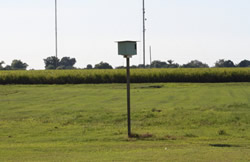 Sugar cane presents huge problems to growers due to the high levels of roof and cotton rats that proliferate in the thick stands and eat large amounts of the crop. Astounding densities of barn owls can be established in sugar cane for just this reason. The author has seen ten breeding pairs in a single barn in cane country. But fields of cane are typically devoid of barns and other structures for barn owls to nest in. Additionally, as the cane grows high and dense in the summer, barn owls cannot hunt the cane itself. Fortunately, sugar cane companies must also keep clear aisles open through the cane for trucks and machinery and it is these open spaces that the barn owls hunt.
Sugar cane presents huge problems to growers due to the high levels of roof and cotton rats that proliferate in the thick stands and eat large amounts of the crop. Astounding densities of barn owls can be established in sugar cane for just this reason. The author has seen ten breeding pairs in a single barn in cane country. But fields of cane are typically devoid of barns and other structures for barn owls to nest in. Additionally, as the cane grows high and dense in the summer, barn owls cannot hunt the cane itself. Fortunately, sugar cane companies must also keep clear aisles open through the cane for trucks and machinery and it is these open spaces that the barn owls hunt.
The problem in sugar cane is the high reproductive rate of the rats, the huge size of the fields, and the fact that if one sugar cane field achieves some repression of rat populations, young rats from adjoining fields will migrate in to take their place. For these reasons, sugar cane requires high densities of barn owls along with maintenance of numerous open aisles within the fields, mown buffer zones around the fields to discourage migration, and trapping of pregnant females through pheromone-baited traps . Typically, sugar growers erect boxes on posts on the sides of these aisles.
Barn Owls and Orchards
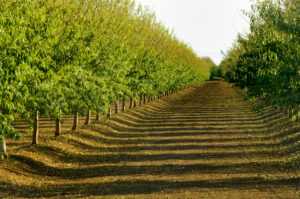 Voles and pocket gophers damage nut and fruit trees through soil disturbance, the girdling of bark, and the chewing of root systems. Because nut trees are sometimes over 30 feet high, growers erect their nest boxes on 8 to 12 foot poles and face them either down the cover rows or out to open fields. Nut groves are increasingly moving toward sustainable farming, and the barn owl is proving to be a valuable contributor to their rodent control programs.
Voles and pocket gophers damage nut and fruit trees through soil disturbance, the girdling of bark, and the chewing of root systems. Because nut trees are sometimes over 30 feet high, growers erect their nest boxes on 8 to 12 foot poles and face them either down the cover rows or out to open fields. Nut groves are increasingly moving toward sustainable farming, and the barn owl is proving to be a valuable contributor to their rodent control programs.
Click to learn more from The California Department of Wildlife on IPM in orchards.
Click for an excellent book on IPM in orchards by The University of California.
Barn Owls and Rice
Rice rats cause untold damage, estimated in the millions, to rice crops throughout the United States. Rice is grown primarily in Louisiana, Arkansas, East Texas, and California. In a study conducted in a Louisiana coastal marsh, it was found that rice rats made up
97.5% of barn owl prey, making barn owls an excellent candidate for suppressing
rice rat populations. http://www.fosbirds.org/FFN/PDFs/FFNv22n1p11-13Miller.pdf
Barn Owls and Vegetable Farms
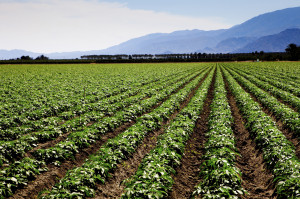 The same dynamics apply to vegetable farms that apply to other agriculture: rodents are attracted in high numbers to the rich source of food, causing great damage to such crops as lettuce, artichokes, tomatoes, broccoli, sweet potatoes, cucumber, celery and many others. Barn owls can hunt such farms easily due to the low growing nature of most vegetables. As farmers switch to organic methods, the barn owl is becoming an even more important tool in natural rodent control.
The same dynamics apply to vegetable farms that apply to other agriculture: rodents are attracted in high numbers to the rich source of food, causing great damage to such crops as lettuce, artichokes, tomatoes, broccoli, sweet potatoes, cucumber, celery and many others. Barn owls can hunt such farms easily due to the low growing nature of most vegetables. As farmers switch to organic methods, the barn owl is becoming an even more important tool in natural rodent control.
Barn Owls and Livestock Farms
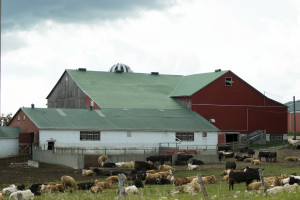 Due to their high numbers of rats and mice, livestock farms provide excellent habitat for barn owls. Unfortunately most farm buildings today are constructed of metal and do not provide the nesting sites found in the old wooden barns. Moreover, the tendency to remove large dead trees on dairy farms takes away any other possible nesting sites. Research has shown that barn owls will sometimes carry salmonella and shed it in their feces, so it is recommended that barn owls be kept from the interior of barns where animals or food are stored in the open. This problem can be solved by installing barn owl boxes that face out from the barn (see The Barn Model). Installed in this manner, the nest box provides an excellent breeding site without allowing the owls or pest species access to the barn interior. Also, erection of additional nest boxes on poles around the farm can help bring barn owl densities up to desired levels.
Due to their high numbers of rats and mice, livestock farms provide excellent habitat for barn owls. Unfortunately most farm buildings today are constructed of metal and do not provide the nesting sites found in the old wooden barns. Moreover, the tendency to remove large dead trees on dairy farms takes away any other possible nesting sites. Research has shown that barn owls will sometimes carry salmonella and shed it in their feces, so it is recommended that barn owls be kept from the interior of barns where animals or food are stored in the open. This problem can be solved by installing barn owl boxes that face out from the barn (see The Barn Model). Installed in this manner, the nest box provides an excellent breeding site without allowing the owls or pest species access to the barn interior. Also, erection of additional nest boxes on poles around the farm can help bring barn owl densities up to desired levels.
Click for a good article on IPM on livestock farms published by the University of Nebraska.

